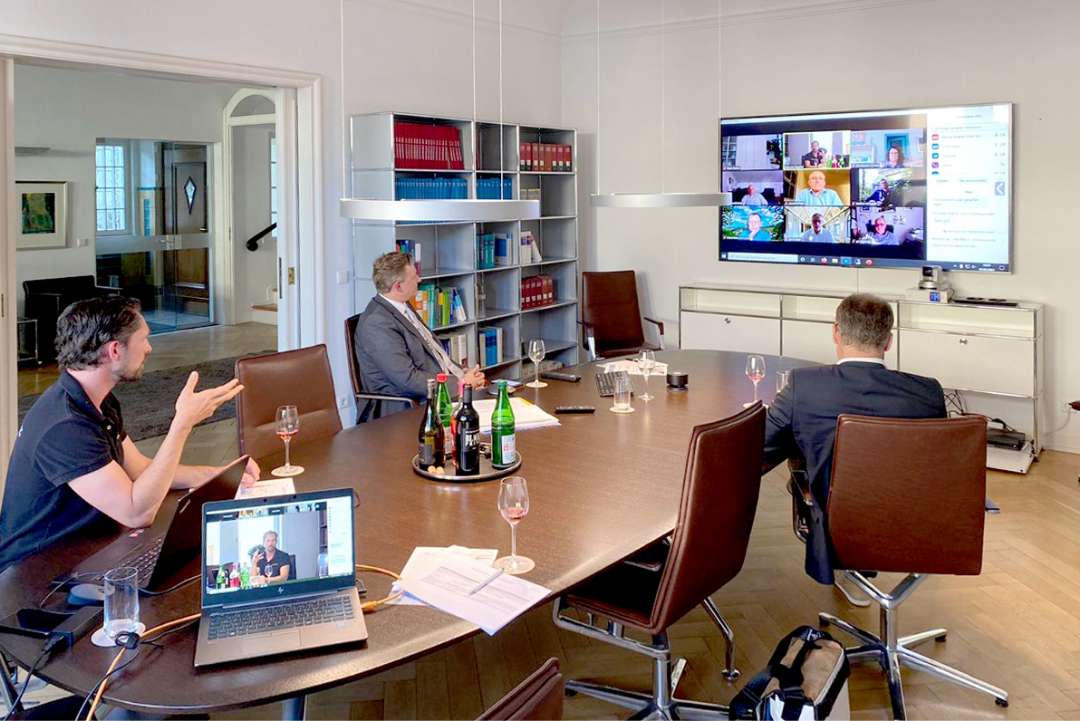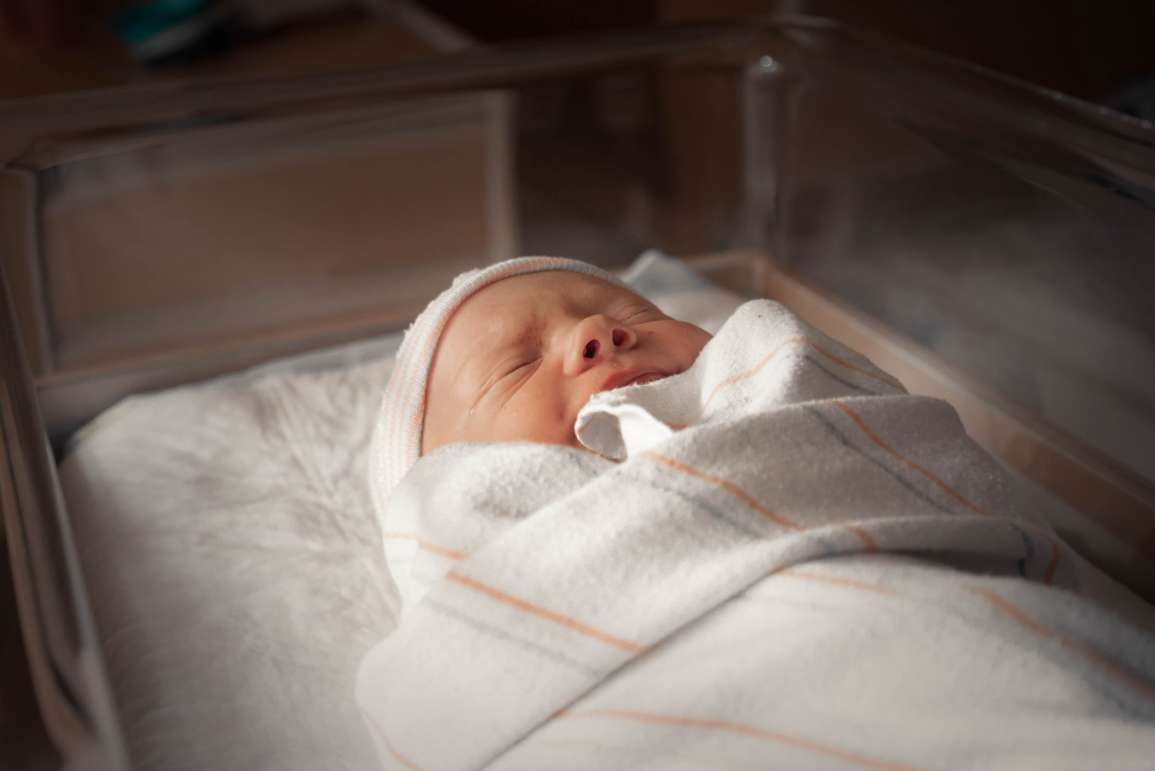Headnotes:
- In the case of an identified or identifiable risk of self-endangerment to a care home resident suffering from dementia, whose actions appear constantly uncontrollable and unpredictable, it is impermissible to accommodate him in a room – especially one in an upper storey – that has easily accessible and openable windows. On the other hand, without any specific indications of self-endangerment there is no duty to take special (preventative) safety measures (German Federal Court of Justice, decision of 14.1.2021 – file ref. III ZR 168/19).
- The effects of anaesthesia on the vital organs means that when a patient is anaesthetised as part of a diagnostic or therapeutic procedure, he or she may remain in acute danger for a certain time afterwards. Falls must be prevented during such phases of acute endangerment, and are considered to come within the area of fully controllable risk (Dortmund Regional Court, judgement of 4.3.2021 – file ref. 4 O 152/19).
What safeguards does the institution in question have to take to protect its patients or residents from falls? This question was recently examined by both the German Federal Court of Justice and Dortmund Regional Court. In the case before the Federal Court of Justice, in a care facility a patient with dementia fell from the window of his room on the 3rd floor. Despite multiple operations, three months later the man died from his serious injuries. His wife then claimed damages under a right descended and assigned to her. The key finding of the decision issued by the III Senate in Karlsruhe was that, if there is an identified or identifiable risk of self-endangerment, that patients suffering from dementia may not be accommodated in upper floors with easily openable windows. The Court of Justice argued, however, that rather than a generally applicable finding, it was instead necessary to assess risks and clinical pictures on a case-by-case basis. In doing so, the crucial aspect was whether, from an ex ante perspective, the physical or mental condition of the resident was such that it had to be anticipated that he or she could injure himself in the absence of safety measures. Even a risk that is viewed as unlikely to occur, but which would have particularly serious consequences if it did, can create duties of care on the part of the institution.
In contrast, the case decided by Dortmund Regional Court concerned the question of the safety measures that must be implemented by a hospital in the recovery room in order to prevent injuries to post-operative patients. Here, the patient was in hospital to undergo a minor procedure. Following his operation, while in the recovery room the patient fell from his bed sustaining serious injuries to his spinal cord (incomplete paraplegia with tetraparesis), necessitating months of intensive medical treatment. Serious adverse effects on his health remained. Apart from claiming damages for pain and suffering, the patient also claimed home maintenance damages and additional nursing care costs. The Regional Court ruled that a fall experienced by a patient in the recovery room while still under the influence of anaesthesia, constituted a fully controllable risk to the hospital. The clinic was duty bound to implement safety measures to prevent falls occurring during this acute risk phase. In the event of the realisation of a risk that could and must have been fully controlled by the therapy provider – such as falling without any defensive reflexes due to the after-effects of the anaesthesia as in this case – it had to adduce evidence and prove that it took all necessary organisational and technical precautions to prevent the risk (Section 630h (1) German Civil Code (Bürgerliches Gesetzbuch – BGB)). This hospital was unable to present this proof. There was nothing contentious about deploying two members of staff to the recovery room. However, when all the attendant nursing staff – in this case the two witnesses, even be it for training purposes – leave the recovery room, it must still be ensured that patients remain safe in the recovery room during that period. The Regional Court deemed that it was possible and necessary to arrange for side rails to be mounted on the bed in such a situation. However, in this case an organisational instruction had been issued to only use side rails if patients became agitated. However, the competent medical malpractice division held that an organisational instruction to use side rails only in the case of agitated patients was not explicable, even considering the issue of deprivation of liberty. There are no legal concerns whatsoever to preclude the short-term securing of a patient generally at risk from falling, if that person is obviously vulnerable because he is not “in control of his faculties”.
Supporting evidence:
German Federal Court of Justice, judgement of 14.1.2021 – file ref. III ZR 168/19
Dortmund Regional Court, judgement of 4.3.2021 – file ref. 4 O 152/19 (not res judicata)



